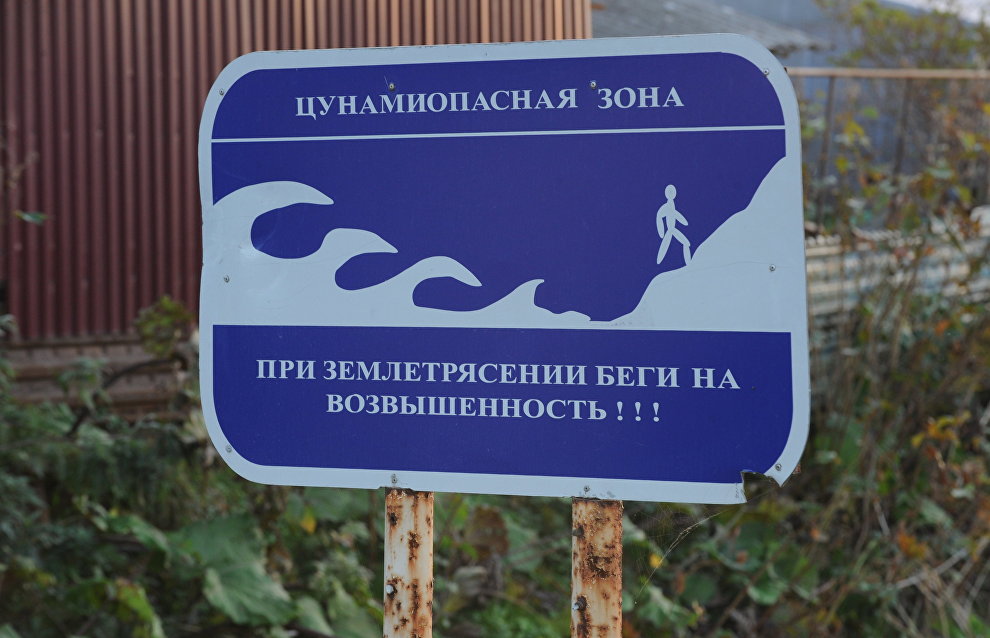Permafrost melting in Alaska likely to trigger tsunamis
Experts have warned of a link between global warming and landslides that may threaten towns and tourist attractions. New studies reveal that permafrost melting is behind mountain rock shifts and may cause tsunamis if rocks collapse into the sea, The Guardian reports.
One problem area is a slope of the Barry Arm fiord in Alaska that overlooks a busy cruise ship route. Satellite photos helped to discover a slide on Barry Arm, which was first spotted in the early 20th century and accelerated a decade ago. According to a warning issued by 14 geologists earlier this year, a major slide is possible within a year and likely within 20 years.
If a slide collapses into the fiord, the wave it will create may ram into ships within its range and surge hundreds of meters up nearby mountains, submerging the popular tourist spot and rising as high as 10 meters over the town of Whittier.
A similar landslide that slipped off a slope in 2015 after what might have been a decades-long creep created a tsunami that shaved off forests 193 meters up the slopes of Taan Fiord in Alaska. Over the past century, 10 of the 14 tallest tsunamis on record occurred in ice-covered mountain areas. In 1958, for example, a landslide that crashed into Lituya Bay, Alaska, raised a 524-meter wave, the highest ever recorded.
“When the climate changes,” said geologist Bretwood Higman, who has worked on Taan Fiord and Barry Arm, “the landscape takes time to adjust. If a glacier retreats really quickly it can catch the surrounding slopes by surprise – they may fail catastrophically instead of gradually adjusting.”
After analyzing satellite photos from the past 30 years, geologist Erin Bessette-Kirton has come to the conclusion that the landslides in Alaska’s St. Elias Mountains and Glacier Bay correspond with the warmest years. According to Bessette-Kirton, scientists do not have a clear understanding of the slide mechanism. “We have correlations, but we don’t know the driving force,” she said.
To address the problem, experts are installing sensors on the more dangerous slopes. By measuring the barely perceptible acceleration of creeping, a sign of a likely slide, they hope to predict when a slope starts edging toward a collapse.
